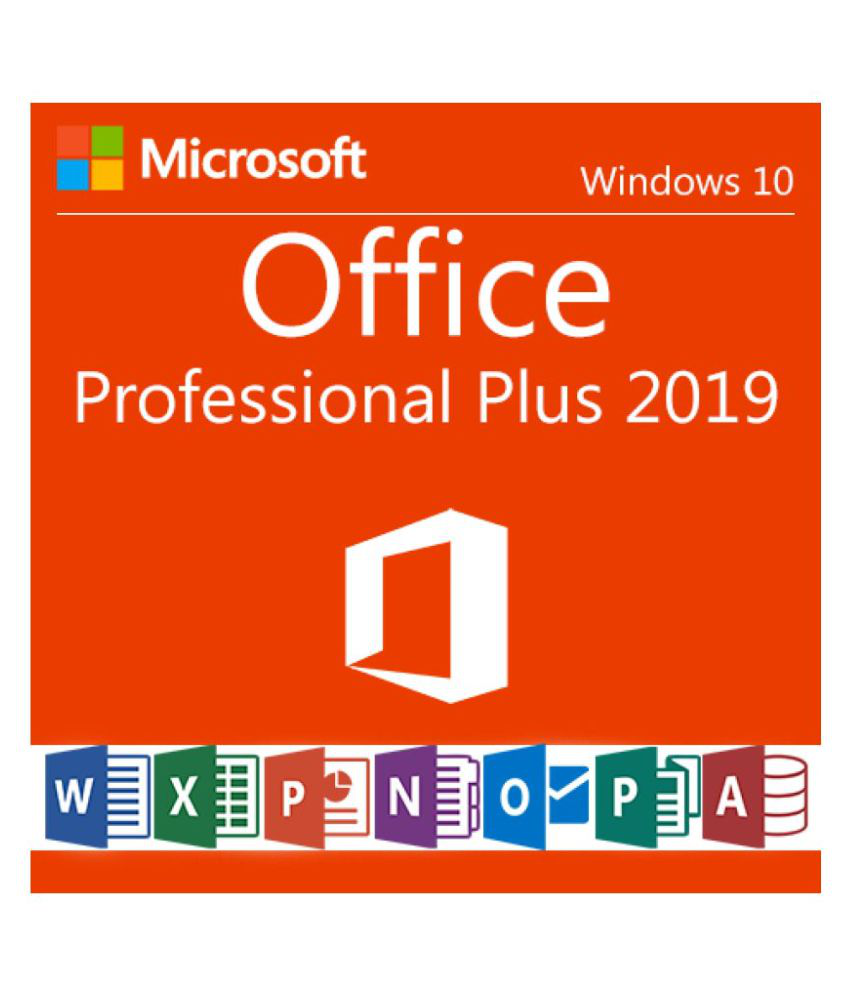

When you want to save a Word document to the cloud, the menu prompt sits right beside the option to save locally. Related story: Microsoft wants you to pay $100 a year for Office Its features are integrated straight into the same software that non-365 users have. The beauty of Office 365 is that it isn't a completely separate piece of software. In a nutshell, it turns Office into an Internet-connected app, allowing you save documents in the cloud, collaborate with others, receive regular software updates, and use a remote version of Office from any computer if you're in a pinch. Office anywhere: The main functional improvements in Office 2013 come through Microsoft's new "Office 365" subscription service, which costs $100 per year. The software has a more minimal look, but the lack of strong visual separation between panes and buttons makes everything feel incohesive and jumbled. Microsoft took a stab at a revamp, but the result is just as cluttered and busy as ever. One area where design seems to have gotten away from Microsoft is Outlook.

Office 2013 is still best experienced with a physical keyboard and mouse. That said, this isn't a touchscreen revolution. It works very well in some places, like highlighting cells in Excel or editing PowerPoint slides. Everything is a little more spaced out, which makes it easier to edit with your fingers. Microsoft's attempt to make Office 2013 touch-friendly involved minor tinkering. That's an exception, though: Most of the changes streamline the Office experience. There are a few places where the new design seems like a hindrance, like the "File" drop-down menu that takes you to a whole new screen. The texture-free graphics and stark contrast between colors makes it easier to navigate through the various interfaces of Office's different apps.


 0 kommentar(er)
0 kommentar(er)
